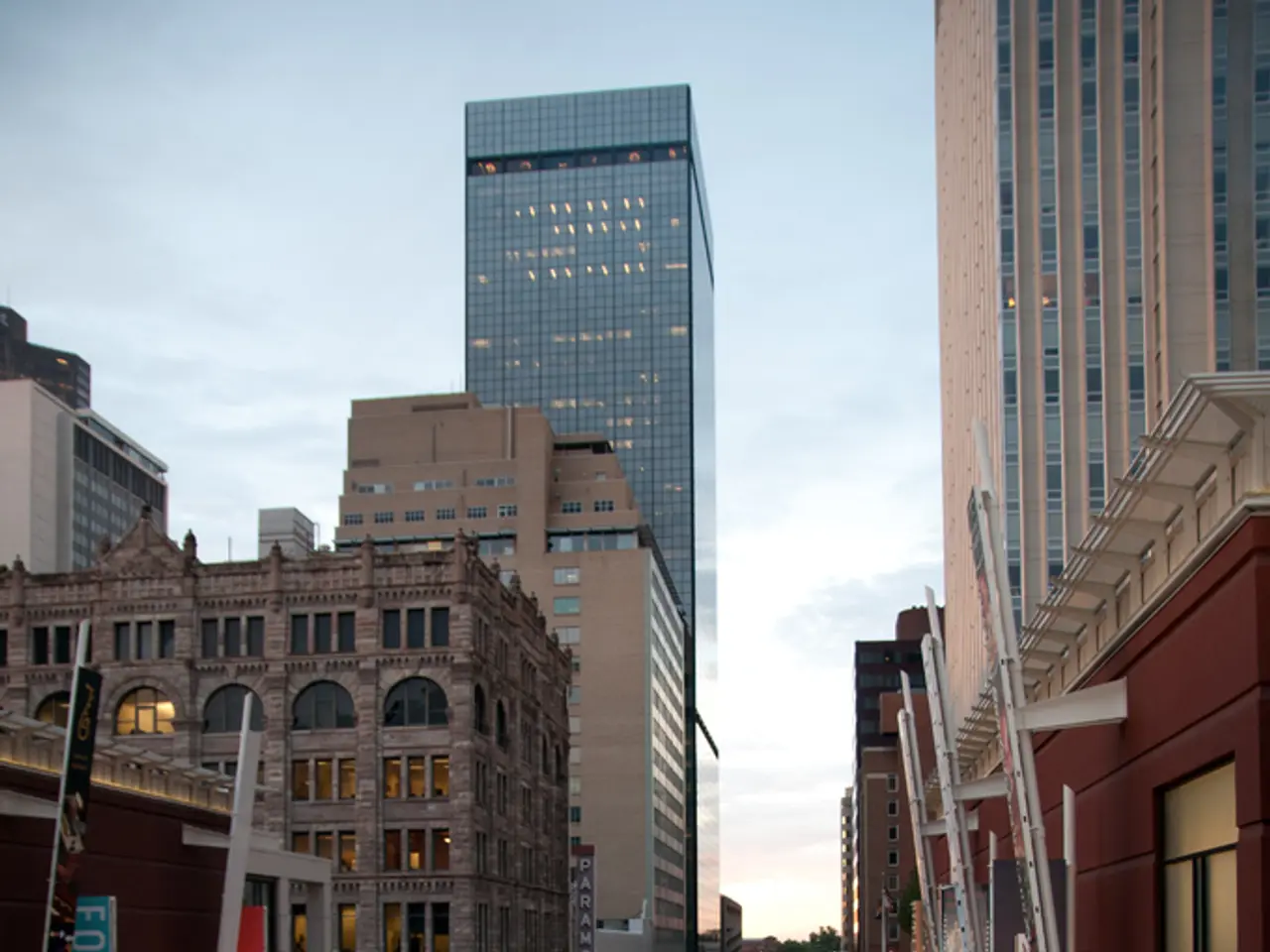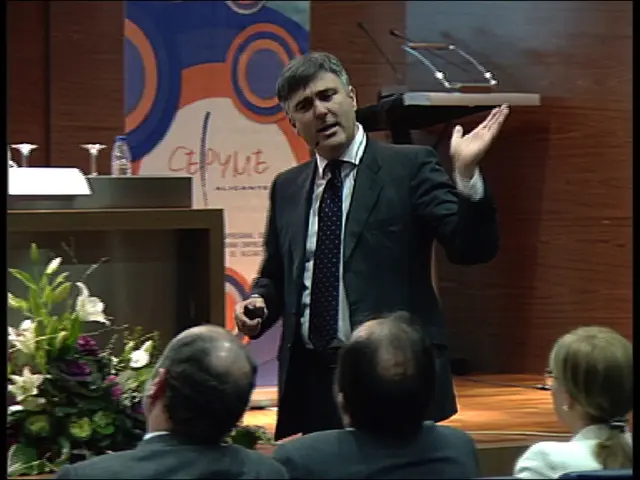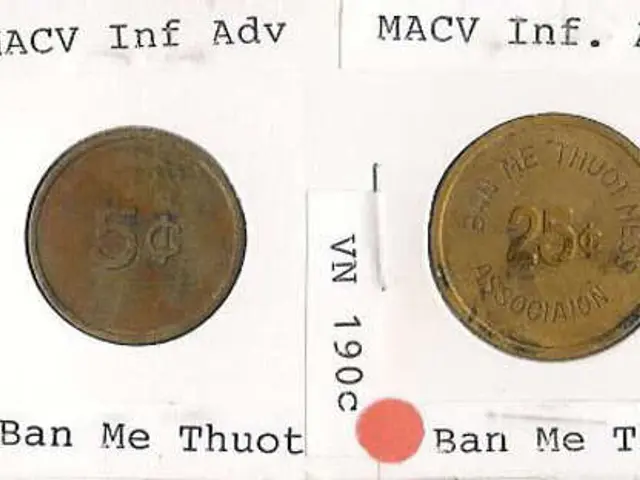Living Without a Roof in Las Vegas: Underground Life an Option?
In the heart of the bustling city of Las Vegas, a hidden crisis unfolds. Hundreds of homeless individuals have taken refuge in the city's storm drain tunnels, seeking respite from the harsh outdoor conditions, but at a cost that exposes them to dangers such as flooding, poor sanitation, health hazards, and isolation from essential services.
This practice underscores the risk of injury, health problems, and increased vulnerability due to unsafe living conditions. The total homeless population in Clark County has seen a significant increase, with recent counts showing more than 7,900 individuals experiencing homelessness as of January 2024—a 55% increase from previous years. The use of storm drains indicates the lack of sufficient shelters or housing support to meet demand.
Local organizations and government partners are working tirelessly to address this growing crisis. Efforts include summits aimed at addressing youth homelessness, coordinated outreach programs, and initiatives modeled after successful models like the Haven for Hope in Texas, which is set to launch in March, aiming to connect homeless people to various services.
However, the existence of people living in dangerous conditions like storm drain tunnels highlights ongoing gaps in shelter availability and housing stability. The Catholic Charities of Southern Nevada offers services such as child & family services, senior services, food & nutrition, and housing & shelter. Organizations like The Shade Tree provide safe shelter to homeless and abused women and children in crisis. Despite these efforts, the issue persists.
Unspoken rules are followed in the tunnels, such as not entering someone else's camp without permission and not leaving trash. Contagious diseases and shoe theft are common problems in shelters, and some people feel safer in the tunnels. There are a range of reasons why people continue to live in the tunnels, including having pets, not being able to secure a bed at a shelter, and issues with addiction.
The number of homeless people in Las Vegas has come down significantly since its peak of 9,949 in 2010, with 2017 showing the lowest count of 300 people in families living homeless on the street. However, the issue remains a serious public health and safety concern, with no direct recent data detailing specific health or social outcomes for homeless individuals specifically in storm drain tunnels.
In conclusion, the use of storm drain tunnels by the homeless population in Las Vegas underscores the severe shortage of safe housing options and the risks associated with such living conditions. Local advocacy and policy efforts are underway but have not eliminated the trend due to the complexity of the homelessness crisis. The Las Vegas Rescue Mission, among other organisations, continues to provide help and hope to the homeless and hurting men, women, and children of Las Vegas.
- Despite the efforts of local organizations and government partners, the homeless individuals in Las Vegas's storm drain tunnels continue to face health hazards and isolation due to their unsafe living conditions, which are a stark contrast to the glitz and glamour of the nearby casino-and-gambling industry.
- For some homeless individuals in Las Vegas, the storm drain tunnels offer a temporary reprieve from the harsh outdoor conditions, but they also expose them to risks like contagious diseases, shoe theft, and poor sanitation, making these spaces undesirable even when shelters like The Shade Tree or Catholic Charities' housing & shelter services might be full or unattainable.




